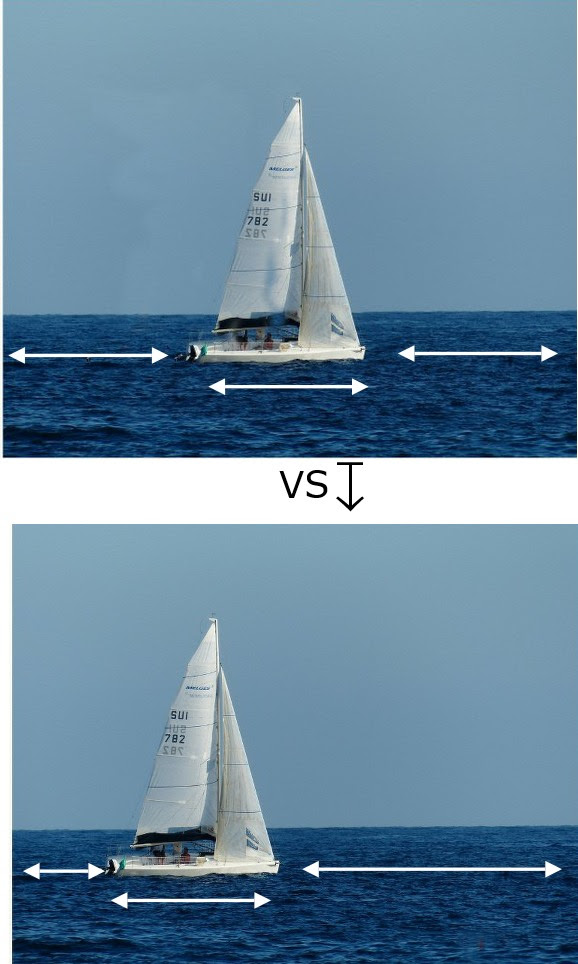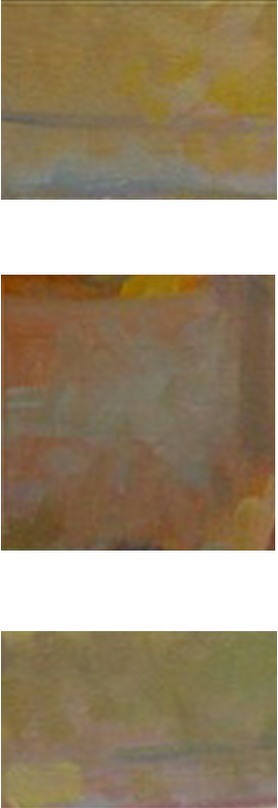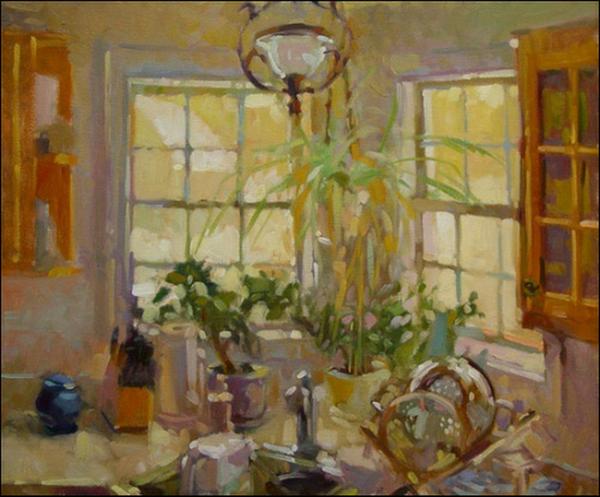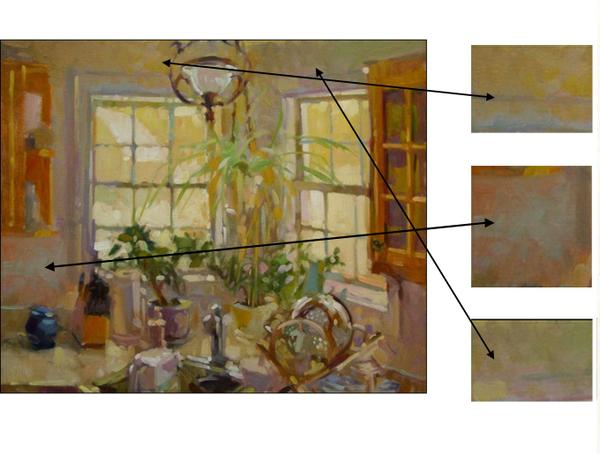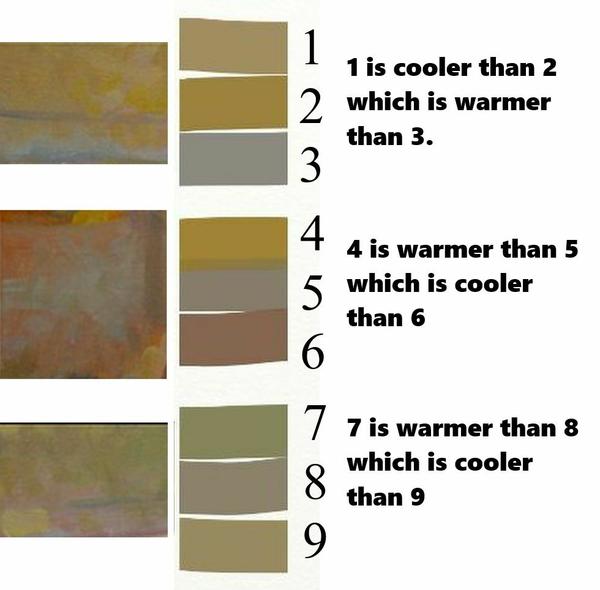Thirty spokes converge on a hub
The space between them
Make the wheel work...
Translation of lines from Verse 11, Tao Te Ching by Lao Tzu
No matter how technically well done a painting is, its intervals can make or break its dynamics. An interval is the distance between two or more edges. Those might be inside a shape, between shapes or from shape to the edge of a painting. To illustrate, here's Albrecht Durer's etching, Hare,
Intervals are important because they give rhythm to our paintings. It works the same as in music: When a tune's rhythm lacks variation, we grow tired of it. In visual art, if our spaces between edges are too much the same size, the work feels boring.
The boring factor is one reason why it's a good idea not to place an isolated or important image in dead center of a painting. That's not a rule, but a factor of human perception that links into why it's the space in between that makes things work.


